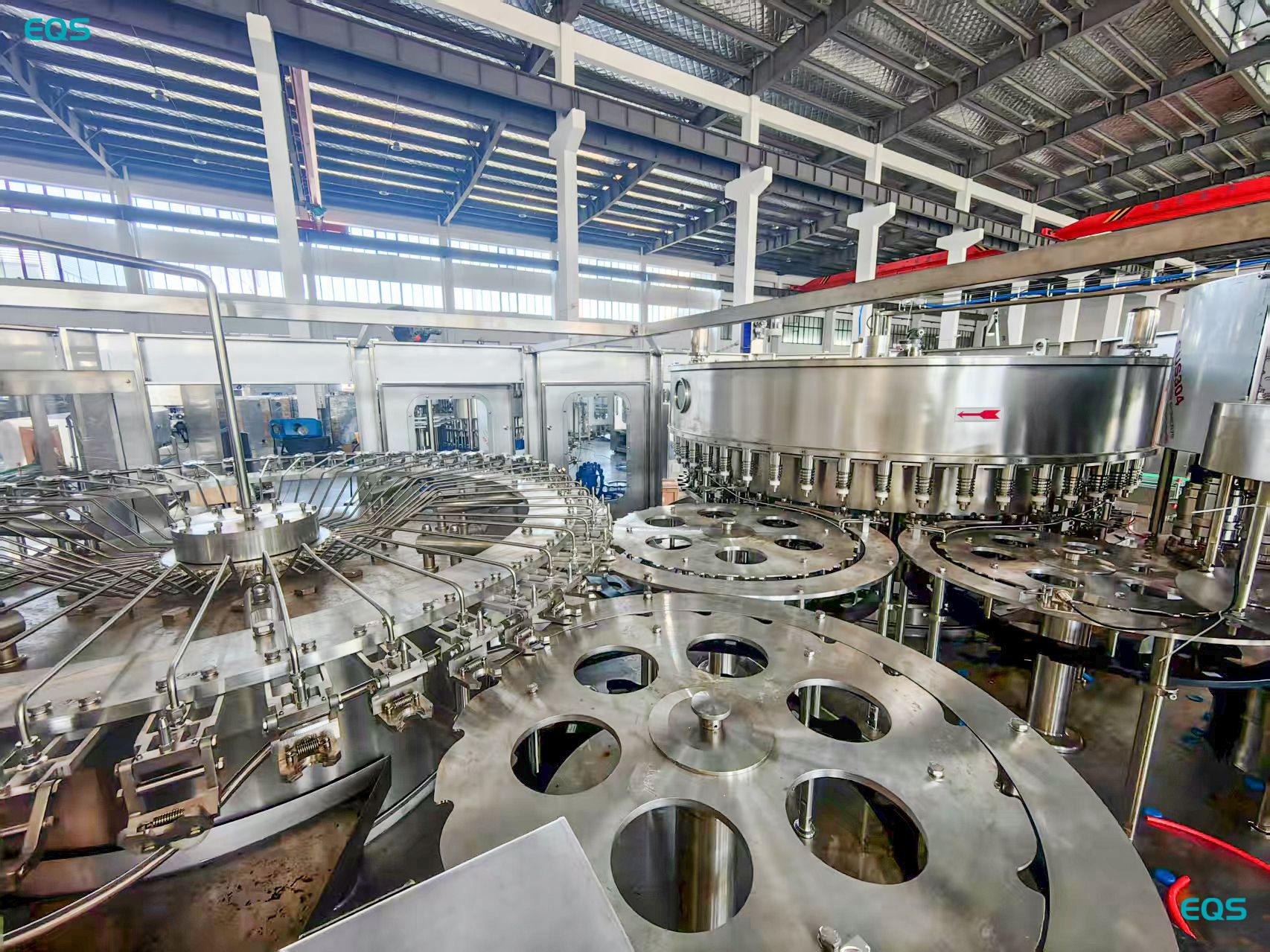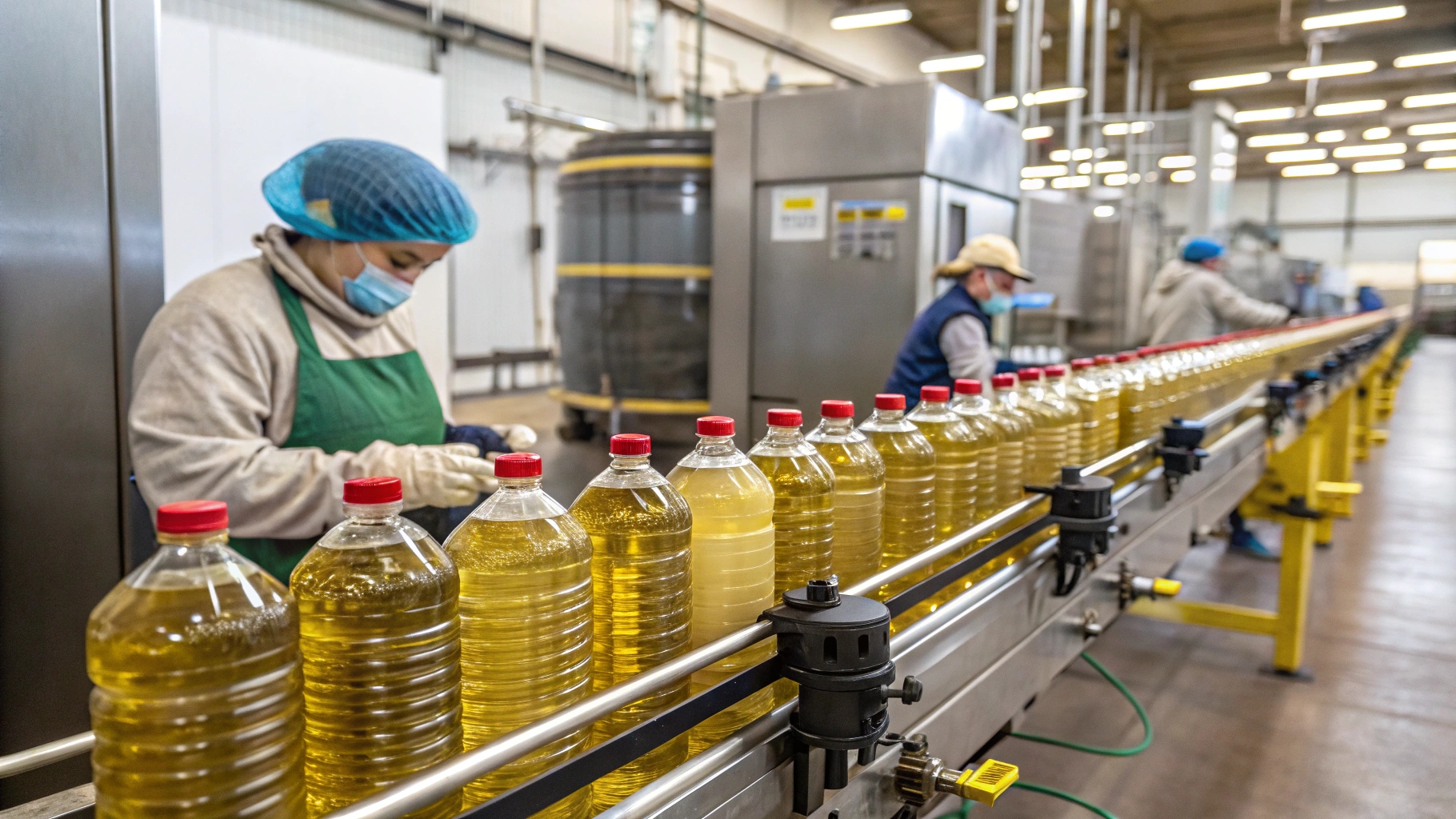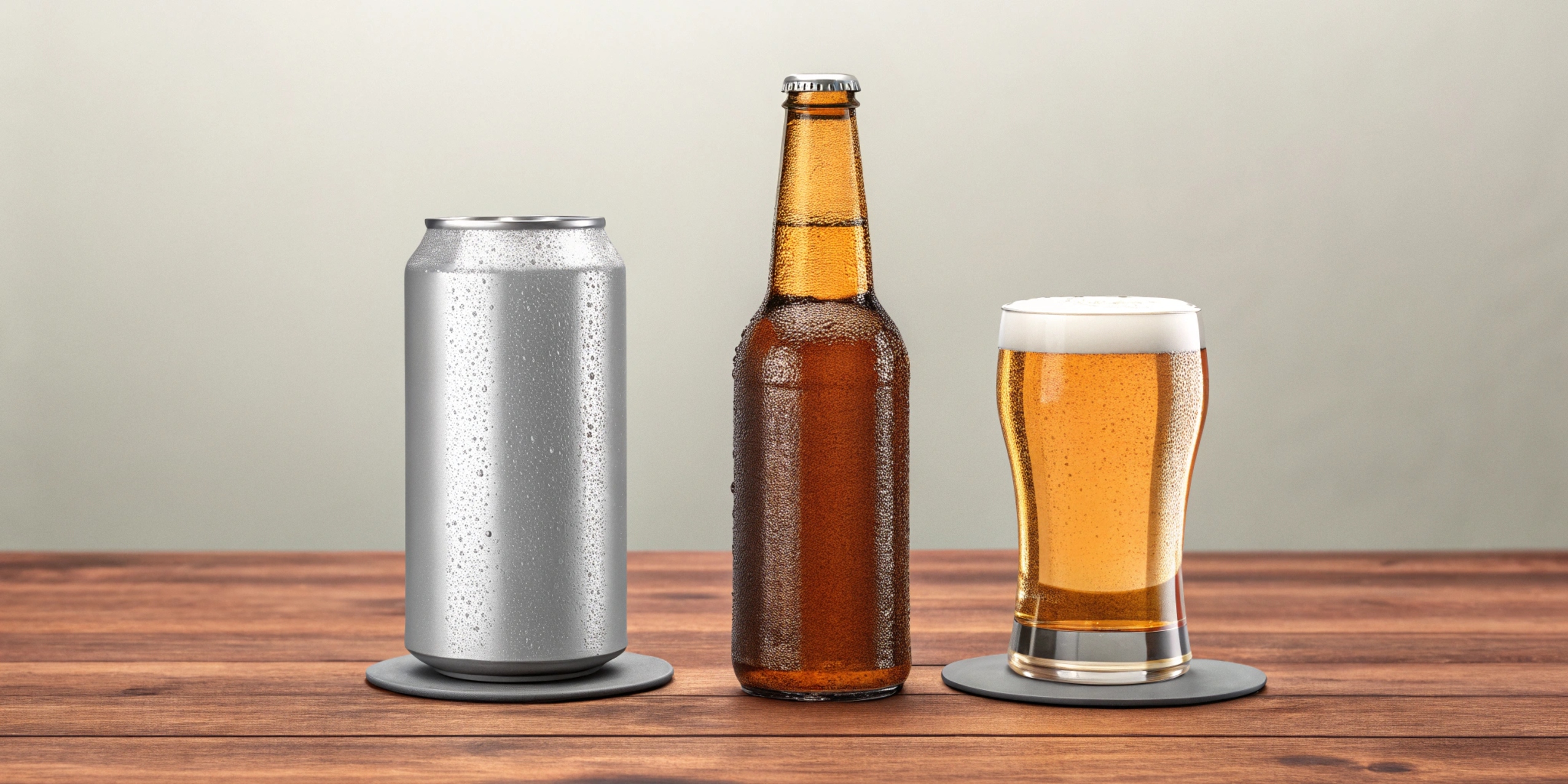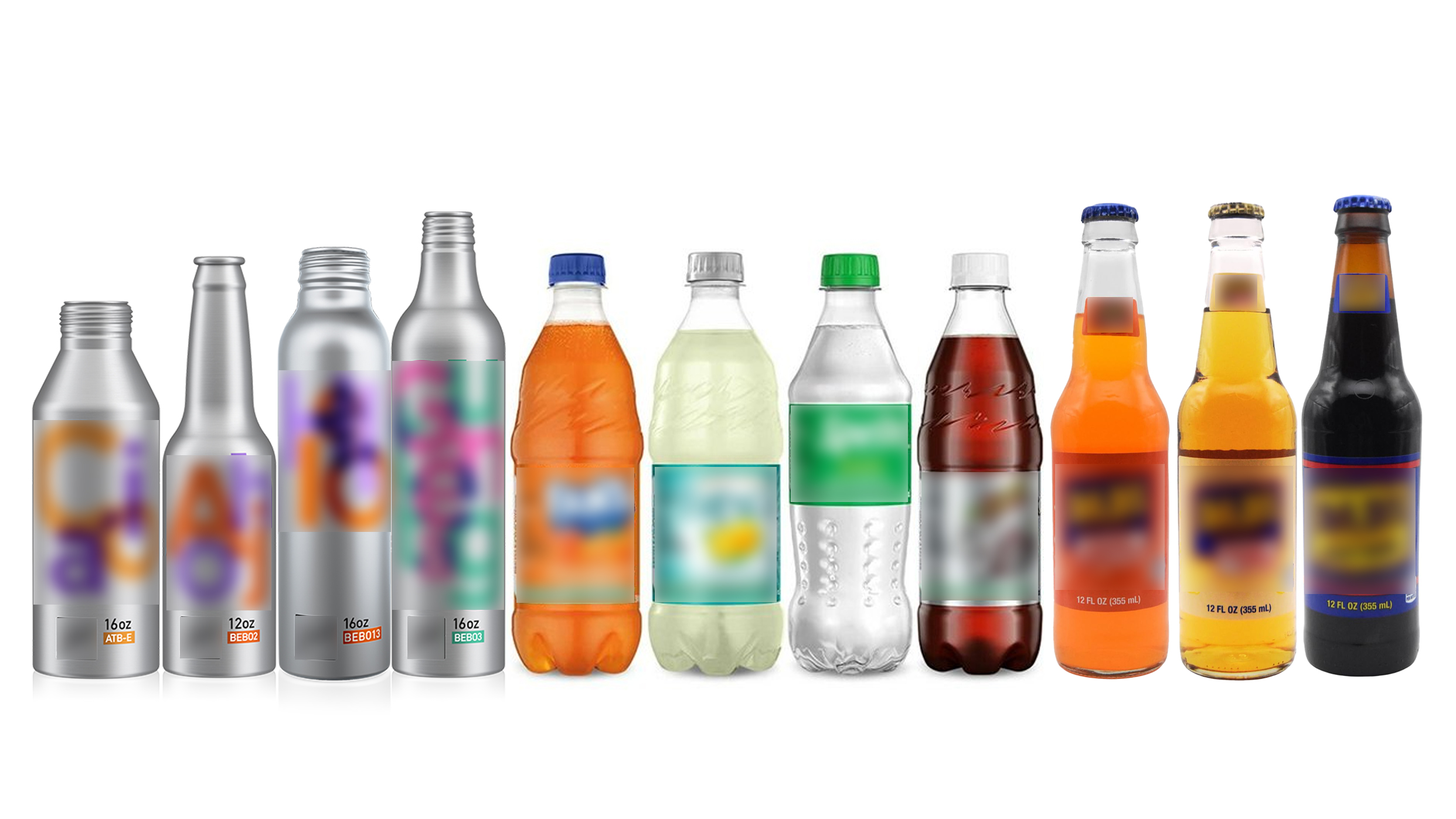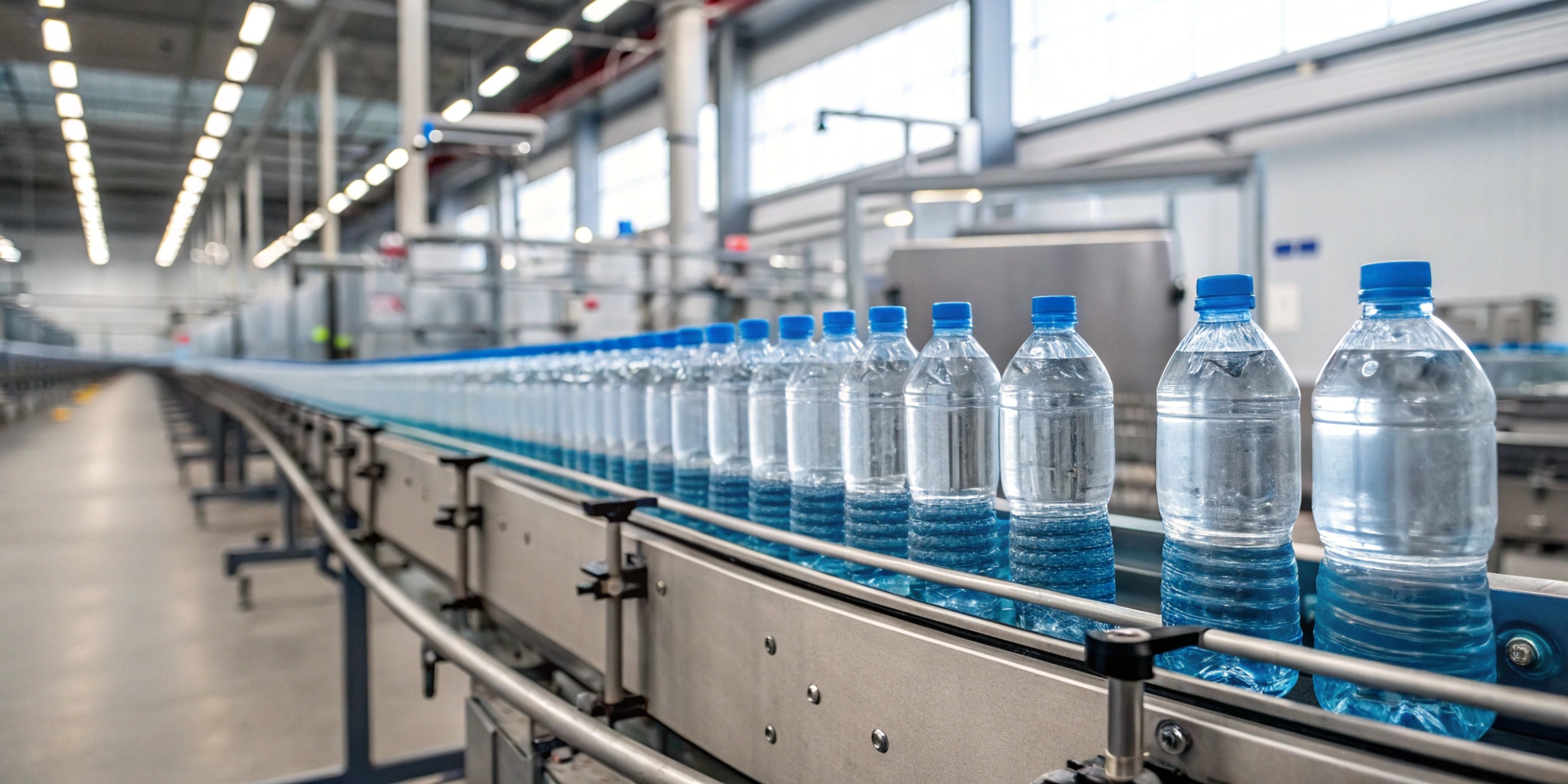Why are Some Soda Cans Not Full?
Ever grab a soda can and notice it's not filled to the brim? What if there's a simple explanation for this that ensures you get the perfect fizzy experience every time?
Soda cans are intentionally not filled completely to leave a space called "headspace." This allows for the expansion of the carbonated liquid during storage and temperature changes. The headspace also prevents bulging or leaking and ensures proper pressure when opened.

Want to know the real reason behind that empty space in your soda can? Keep reading to find out why it's there and what it does.
Why are soft drinks not filled to the top?
Are you curious why your soda can isn't completely full? Do you think you're being cheated out of a few sips of your favorite drink?
Soft drinks are not filled to the top to allow for expansion of the liquid due to temperature changes and carbonation. This "headspace" prevents the can from bursting or leaking, ensuring the drink remains carbonated and safe to consume.

The Science Behind Headspace: Dive Deeper
Expansion and Contraction
- Temperature Sensitivity: Liquids expand when heated and contract when cooled. The headspace provides room for the soda to expand without causing the can to deform or burst.
- Carbonation: Carbon dioxide is dissolved in soda under pressure. The headspace allows the gas to expand without over-pressurizing the can.
Preventing Damage
- Bulging and Leaking: Without headspace, changes in temperature or pressure could cause the can to bulge or leak, leading to spoilage and potential hazards.
- Maintaining Integrity: The headspace helps maintain the structural integrity of the can, ensuring it can withstand the stresses of shipping and handling.
The Ideal Fill Level
| Factor | Explanation | Benefit |
|---|---|---|
| Headspace Size | Typically, the headspace is about 5-10% of the can's total volume. | Provides enough room for expansion without compromising the amount of soda. |
| Fill Accuracy | Modern filling machines are designed to accurately measure the amount of soda dispensed into each can. | Ensures consistent fill levels and minimizes waste. |
I remember visiting a soda bottling plant once and seeing the precision with which the cans were filled. The engineers explained that the headspace was crucial for preventing issues during transportation and storage. It was fascinating to see the science in action.
Why do people wipe the top of cans?
Have you ever seen someone wipe the top of a soda can before drinking from it? Are you wondering if there's a good reason for this habit?
People wipe the top of cans to remove any dirt, dust, or residue that may have accumulated during storage and transportation. While the risk of contamination is low, wiping the can is a simple precaution to ensure hygiene and avoid ingesting unwanted substances.

The Hygiene Factor: Dive Deeper
Potential Contaminants
- Dust and Dirt: Cans can accumulate dust and dirt in warehouses, trucks, and store shelves.
- Residue: Manufacturing oils, lubricants, and other residues can be present on the can's surface.
- Germs: Cans may be handled by multiple people, potentially transferring germs.
Practical Precautions
- Simple Hygiene: Wiping the can is a quick and easy way to remove potential contaminants.
- Peace of Mind: For some, it's a habit that provides peace of mind and a sense of cleanliness.
Alternative Methods
- Using a Straw: Drinking from a straw bypasses the can's surface, reducing the risk of ingesting contaminants.
- Pouring into a Glass: Pouring the soda into a clean glass eliminates direct contact with the can altogether.
Were soda cans always 12 oz?
Are you curious if soda cans have always been the standard 12 oz size? Want to know the history behind this common packaging?
No, soda cans were not always 12 oz. The 12 oz size became popular in the mid-20th century due to marketing and consumer preferences. Before that, soda was often sold in smaller glass bottles or larger cans.

The Evolution of Soda Can Sizes: Dive Deeper
Early Packaging
- Glass Bottles: In the early days of soda, glass bottles were the primary packaging. Sizes varied, but smaller bottles were common.
- Larger Cans: Some companies experimented with larger can sizes, but these were not as popular due to issues with portability and consumption.
The Rise of 12 oz Cans
- Marketing Appeal: The 12 oz size was seen as a good balance between portion size and convenience.
- Consumer Preference: Consumers found the 12 oz size easy to handle and consume in one sitting.
- Industry Standardization: Over time, the 12 oz size became the industry standard, making it easier for manufacturers and consumers alike.
Current Trends
| Era | Packaging | Size(s) | Reasons |
|---|---|---|---|
| Early 20th Century | Glass Bottles | Varied, typically smaller sizes | Primary packaging material, limited standardization |
| Mid-20th Century | 12 oz Cans | 12 oz | Marketing appeal, consumer preference, industry standardization |
| Late 20th Century to Present | Various Cans and Bottles | 7.5 oz, 8 oz, 12 oz, 16 oz, 20 oz, 2 liters | Diversification, catering to different consumer needs, convenience, and marketing strategies |
Are empty soda cans worth anything?
Are you wondering if you can make some money by recycling your empty soda cans? Do you want to know how much they're worth and where you can recycle them?
Yes, empty soda cans are worth something, thanks to recycling programs. The value of the cans depends on the current market price of aluminum and the recycling program in your area. You can typically recycle them at recycling centers or collection points.

Recycling Soda Cans: Dive Deeper
Aluminum Value
- Market Price: The price of aluminum fluctuates based on supply and demand. This affects the value of recycled aluminum cans.
- Recycling Programs: Many states and municipalities have recycling programs that pay a deposit for each can returned.
Recycling Process
- Collection: Cans are collected through recycling centers, drop-off locations, and curbside programs.
- Processing: The cans are sorted, crushed, and melted down to create new aluminum products.
Environmental Benefits
| Benefit | Explanation | Impact |
|---|---|---|
| Energy Conservation | Recycling aluminum requires significantly less energy than producing new aluminum from raw materials. | Reduces energy consumption and greenhouse gas emissions. |
| Resource Preservation | Recycling aluminum reduces the need to mine new resources. | Conserves natural resources and reduces environmental impact. |
| Waste Reduction | Recycling aluminum reduces the amount of waste sent to landfills. | Extends the lifespan of landfills and reduces pollution. |
I've always made it a habit to recycle my soda cans. Not only does it help the environment, but it's also a small way to earn some extra money. It's amazing to think that something we use and discard can be transformed into something new and useful.
Conclusion
From the headspace in your soda can to the value of recycling them, there's more to these containers than meets the eye. Understanding these factors can help you appreciate the science and effort that goes into delivering your favorite fizzy beverage.
My name is Allen, and I'm an expert in filling machine technology at EQS (eqsfilling.com), a leading liquid packaging solution provider based in China. If you're looking for top-quality filling machines for your production line, feel free to reach out to me at [email protected]. We specialize in providing customizable solutions with cutting-edge technology.

